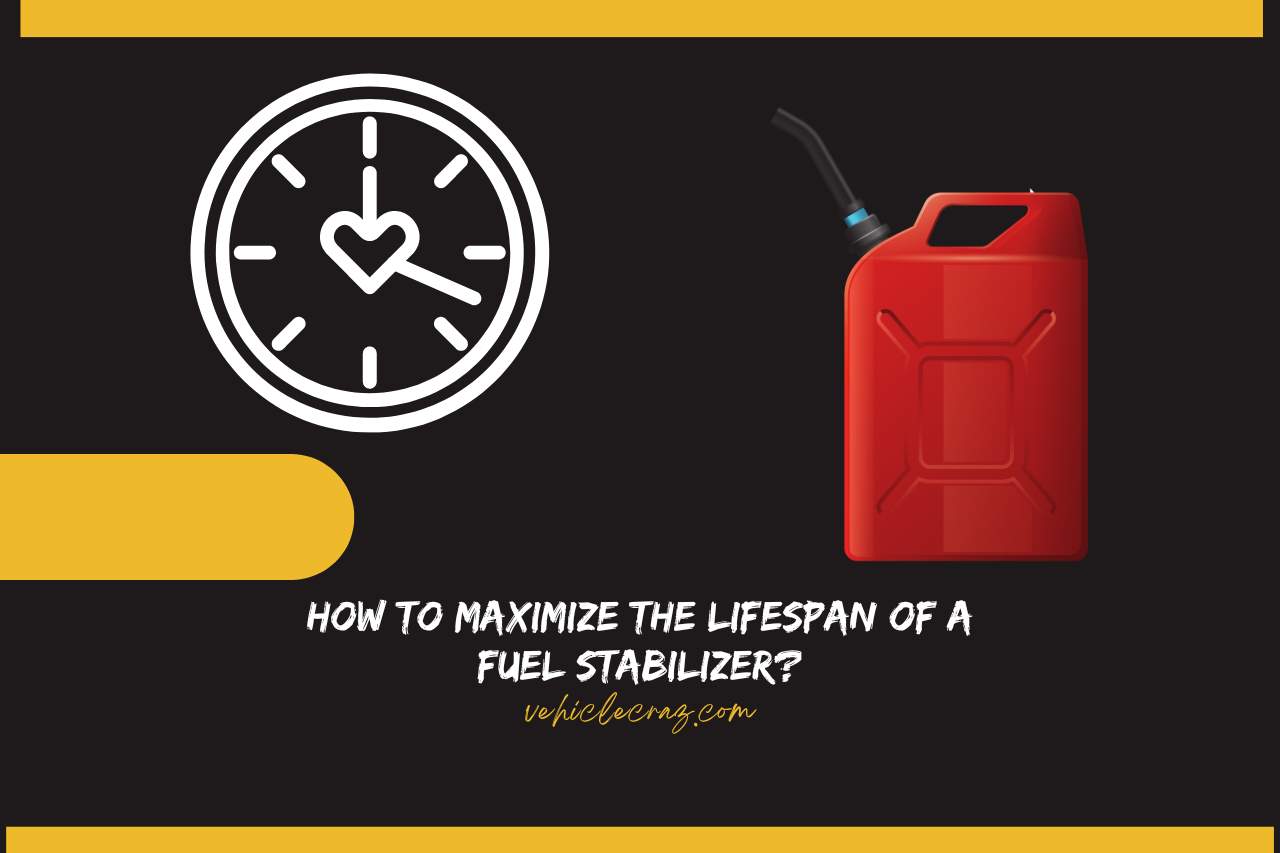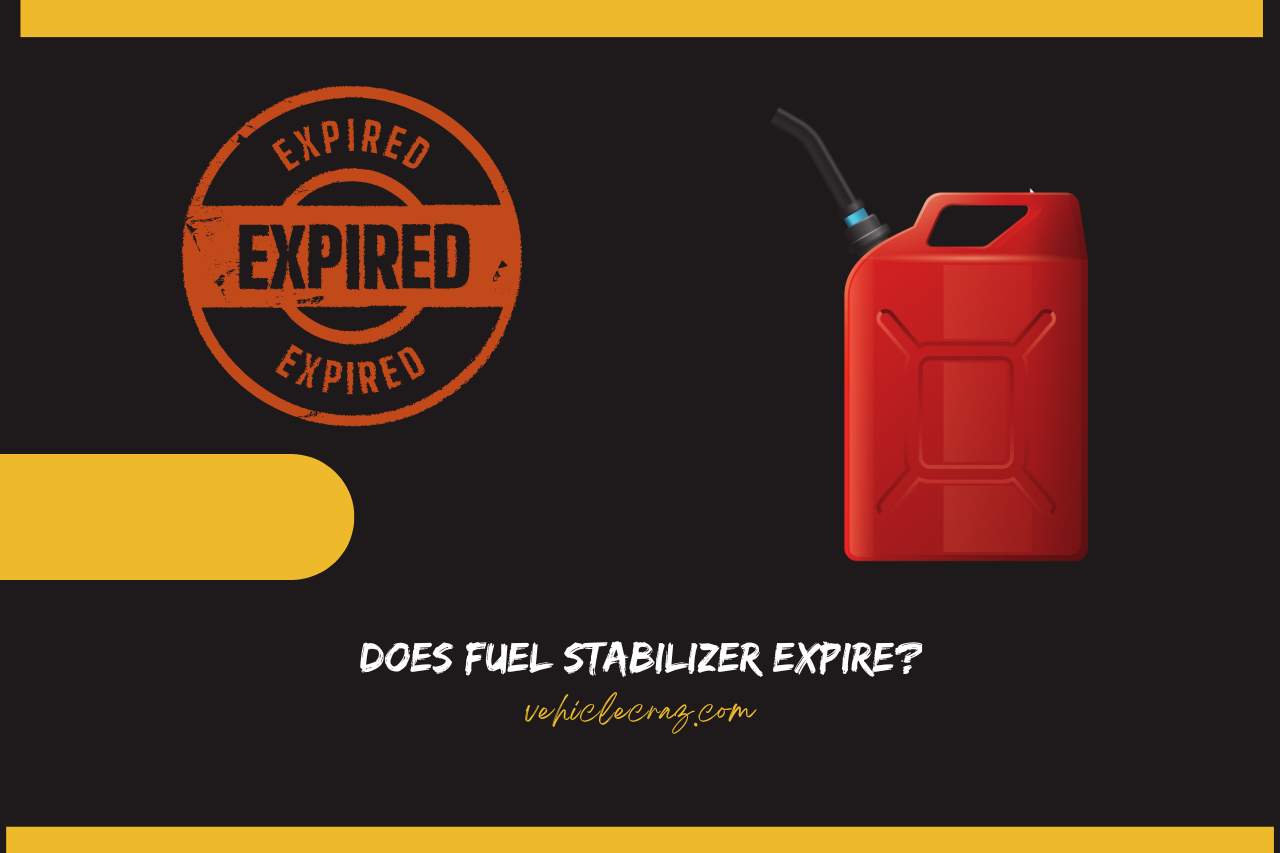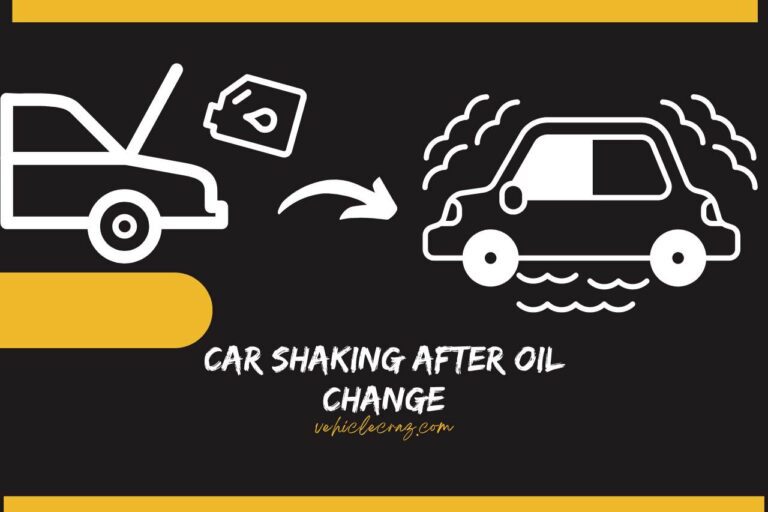Does Fuel Stabilizer Expire? (Risks & Solutions)
Fuel stabilizer is an essential liquid that needs to be stored in your garage. The reason why, it helps keep fuel fresh for a longer time. However, you should be aware of the shelf life of your fuel stabilizer. Otherwise, you will not be able to achieve the desired results. Today, we will be answering the question, ‘Does fuel stabilizer expire?’ in our blog post, along with some more important details. So, keep reading till the end!
Does Fuel Stabilizer Expire?
Yes, fuel stabilizers expire; they have a shelf life, typically around two years.
The effectiveness of the stabilizer can diminish over time, so you should check the expiration date on the product before using it.
If the product has reached its expiration date, make sure to replace it.
It is because using an expired fuel stabilizer may not provide the intended protection for your fuel, so it’s better to be safe and use a fresh product if yours is past its prime.
Fuel stabilizers are additives designed to prevent fuel degradation over time.
They are particularly useful for gasoline and diesel fuels that are stored for extended periods, such as in seasonal equipment like lawnmowers, generators, or boats.
These stabilizers work by preventing the formation of varnish and sludge, which can occur as a result of fuel oxidation and degradation.
Oxidation is a chemical reaction that occurs when fuel is exposed to air, leading to the formation of harmful deposits. These particles can eventually clog fuel lines and carburetors.
The active ingredients in fuel stabilizers can break down over time, reducing their effectiveness.
Exposure to air, moisture, and temperature fluctuations can contribute to the degradation of the stabilizer.
That’s why manufacturers provide expiration dates on these products.
It is your responsibility to follow the manufacturer’s instructions to maintain the good health of your vehicle.
How Do I Know If My Fuel Stabilizer has Expired?
You can know if your fuel stabilizer has expired by examining these symptoms.
- Changes in Appearance: If the stabilizer has changed color, it may indicate degradation. Moreover, check whether the product has separated into different layers. Then, it might not be suitable for use.
- Unusual Odor: If the stabilizer has a foul or off-putting smell, it could be a sign of deterioration.
- Inconsistent Texture: Changes in consistency, such as becoming thicker or thinner than usual, may suggest a problem.
- Container Integrity: Check the integrity of the container. If it’s damaged or compromised, the stabilizer might have been exposed to external elements.
- Storage Conditions: Consider how the stabilizer has been stored. If it has been subjected to extreme temperatures, moisture, or sunlight, its effectiveness may be compromised.
- Performance Issues: In case you notice issues with the performance of your equipment, such as difficulty starting or rough engine operation, it could be a sign that the fuel stabilizer didn’t work as intended.
If you notice these signs, look for an expiration date on the packaging. If it’s past the expiration date, the stabilizer may be less effective, so go for a replacement.


How to Maximize the Lifespan of a Fuel Stabilizer?
To maximize the lifespan of a fuel stabilizer and ensure its effectiveness when needed, there are some key tips you need to practice.
- Proper Storage: It is highly important to store the stabilizer in a cool, dry place away from direct sunlight because temperature extremes can accelerate degradation.
- Seal the Container: Ensure the container is tightly sealed after each use to prevent air and moisture from entering, which can compromise the stabilizer.
- Avoid Contamination: Use clean tools and equipment when measuring and dispensing the stabilizer to avoid introducing contaminants. When adding the stabilizer to your fuel tank, you can use a clean funnel to minimize the risk of contamination and spills.
- Secure Cap and Lid: Make sure the cap or lid of the stabilizer container is securely closed to prevent evaporation and exposure to air.
- Check for Damage: Periodically inspect the container for any signs of damage or leaks. A damaged container can compromise the quality of the stabilizer.
- Follow Manufacturer’s Recommendations: Adhere to the manufacturer’s guidelines regarding storage conditions and shelf life. You are always encouraged to use the stabilizer within the recommended timeframe
- Purchase in Small Quantities: If you don’t use a fuel stabilizer frequently, it would be better to purchase smaller quantities to minimize the chances of the product expiring before use.
- Keep Original Container: Store the stabilizer in its original container, as it is designed to protect the product from external factors.
You May Also Like
- How Often to Use Fuel Injector Cleaner? Unlocking Peak Performance!
- How to Dispose of Old Fuel? (Step-by-Step Guide)
- How to Drain a Fuel Tank without Removing It? No Need for Removal!
- Does Fuel Injection Affect Mileage? Unraveling Its Influence!
- Does Gas or Diesel Get Better Mileage? Unveiling the Truth!
- Does AC Affect Gas Mileage? Understanding the Impact!


I’m Alex, a seasoned mechanical teacher with over 20 years of hands-on experience in Australia. My passion for all things automotive has driven me to establish this blog, aiming to share my wealth of knowledge and expertise with fellow enthusiasts, DIYers, and anyone keen on understanding the mechanics behind the machines we rely on daily.





![Odometer Not Working After Battery Change? [Fixed]](https://vehiclecraz.com/wp-content/uploads/2023/09/12-1-768x512.jpg)

